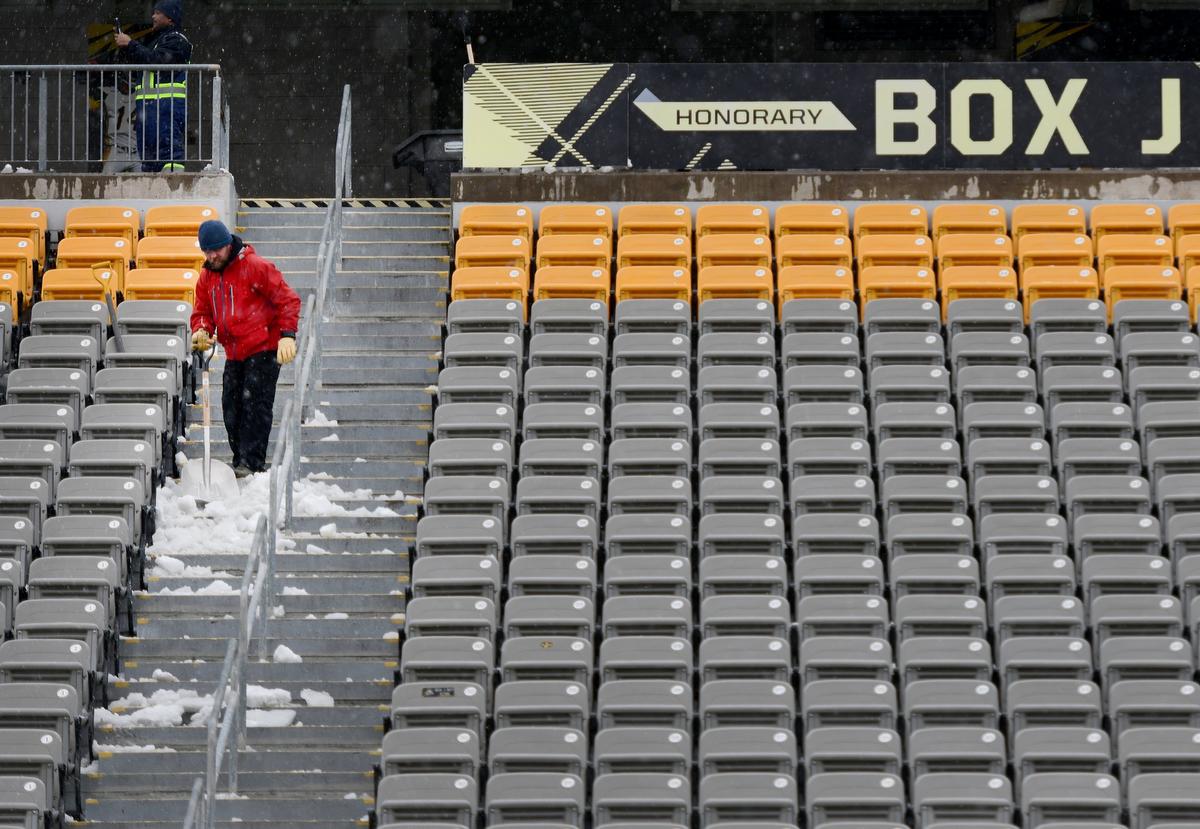The optics is problematic: 12,000 football fans gathered at a Hamilton stadium while the city’s hospitals is in such an uncertain position from the latest COVID says they are taking extraordinary measures to keep essential services going.
But Hamilton infectious disease doctor says private indoor events pose a greater threat to the healthcare system than Sunday’s outdoor World Cup qualifying match at Tim Hortons Field between Canada and the United States.
“It’s not really a high-risk event when you compare it to people who gather socially in a private home, in a small space, and it happens every day,” says Dr. Dominik Mertz, Associate Professor in the Division of Infectious Diseases at McMaster University. “The optics of 12,000 in one place seem more problematic, but if we look at the bigger picture, there are probably more transfers taking place elsewhere than among the 12,000 who will attend the game.”
Hamilton’s medical officer of health, dr. Elizabeth Richardson, and the city’s Emergency Operations Center (EOC) both gave the game the go-ahead.
Technically, their approval was not necessary as the event is allowed – with half as many audience – under Ontario’s current COVID restrictions because the stadium is outside. Indoor sports venues can also open at 50 percent capacity, but not until Monday.
However, medical officers of health have the power to impose additional restrictions to target specific transmission risks in the community. Consequently, Richardson could have banned spectators or set a lower attendance limit.
“It was definitely a question that came up to all of us at the EOC,” Richardson said. “It was brought to us by the organizers of the event who wanted to make sure they were doing their due diligence … and also our federal and provincial colleagues who also came to us to say, ‘How does Hamilton feel about moving forward? to move with these things? ‘”
This is not an easy call, as Hamilton was one of the hot spot of the Omicron-powered fifth wave. Hamilton COVID hospitalizations and deaths are on the rise. The city’s hospitals have evacuated patients from the area, as well as closed urgent care and vaccine clinics to keep critical services running.
“Our health care system colleagues are talking about the stress and strain on the system and we are very mindful of those things and have thought very seriously about these things,” Richardson said.
In addition, the game comes at a time when public health is asking residents to limit contacts and there is no way to ensure that it will not contribute to COVID’s already high community distribution.
“None of these kinds of events are no risk,” Richardson said.
But a lot of work went into making the game as safe as possible, she said.
“The organizers of the event … go beyond the minimum requirements,” said Jason Thorne, director of EOC.
He cited fans across the stadium and adjusted the seating plan to maximize distance as examples. The concessions have also been amended to keep spectators apart and reduce any potential for gathering.
“It’s a fairly controlled environment and it’s outside and we know very well that it significantly reduces the risk,” Mertz said. “I would generally say that outdoor soccer or sports fields have a pretty good record … This is not the area where you will see those super-distributor events.”
Mertz points out that spectators must be vaccinated, wear masks and that the majority of those at greatest risk for severe COVID disease will not be able to attend an outdoor competition in January.
“Those factors, in my opinion, justify the decision to continue with this,” he said.
Joanna Frketich is a health reporter at The Spectator. [email protected]
Reference-www.thestar.com
